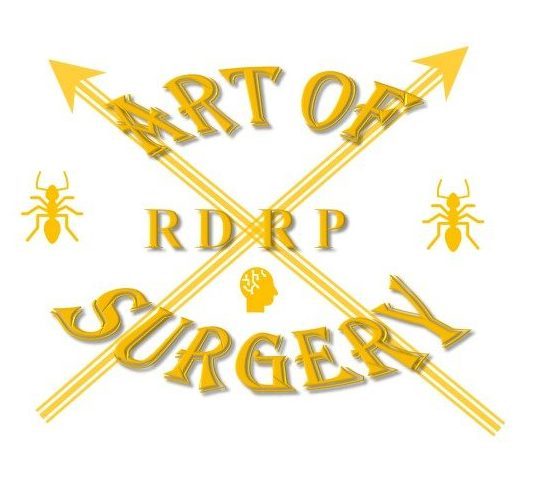Bilroth Reconstructions

Billroth I
The Billroth I was first performed in 1881 and is characterised by an anastomosis between the remaining stomach and the duodenum. Potential advantages of this procedure include the maintenance of a physiological gastro-duodenal passage of the food. Nevertheless, the BI reconstruction is restricted to cases with a limited resection of the distal stomach due to the restricted mobilization possibilities of the duodenum and remaining stomach to establish a tension-free anastomosis. Furthermore, a limited distal resection is contra-indicated in most cases of invasive stomach cancer, thus leaving the BI reconstruction an option mainly after resection of benign lesions, noninvasive tumours, or early malignant lesions. It should be noted, that this type of reconstruction, although commonly not used in Western countries, is an often used mode of reconstruction in Asia.
Billroth II
The Billroth II (BII), first performed in 1885, is characterised by a gastro-jejunostomy of the remaining stomach to the first jejunal loop. The advantage of this procedure in comparison to BI is the tension-free anastomosis. The main disadvantage is the un-physiological passage of the bilio-pancreatic juice through the stomach due to the missing pylorus. Some patients develop the so-called afferent loop syndrome (ALS), which is caused by an accumulation of bilio-pancreatic juice in the afferent jejunal segment due to a hampered drainage that leads to pain, nausea, and vomiting.
Roux-en-Y
The Roux-en-Y (RY) reconstruction was first described by Woelfler in 1883 and later popularized by C. Roux from 1893 onwards. The Roux-en-Y reconstruction is characterised (after distal resection) by a gastro-jejunostomy of the remaining stomach to a jejunal limb (mostly the second jejunal loop), which has been excluded from the normal intestinal passage. The procedure involves the blind closure of the proximal duodenum and a second anastomosis between the alimentary limb and the first jejunal loop that carries the bilio-pancreatic juice. The main advantage of the procedure is the reduction of bilio-pancreatic reflux into the stomach due to the distance between the stomach and the jejuno-jejunostomy, which normally has a length of at least 40 cm. The main disadvantage is the exclusion of the duodenal segment from the normal intestinal passage. This exclusion might be the reason for the development of the so-called Roux syndrome in up to 10 % of patients, characterized by a delayed emptying of the stomach into the efferent jejunal loop in the presence of a nonconstricted gastro-jejunal anastomosis.
